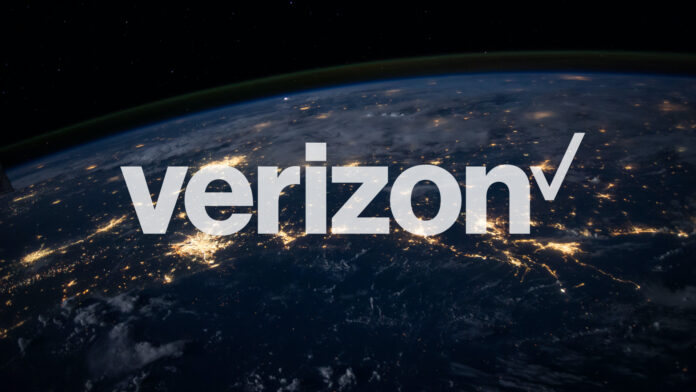‘We are confident in our strategy,’ declares CEO Hans Vestberg
Verizon reported solid numbers in mobile postpaid customer additions and strong broadband additions driven by Fixed Wireless Access.
The carrier noted that during the fourth quarter of 2023, it saw consumer postpaid phone gross additions jump nearly 17% year-on-year; the company had previously seen weakness on gross additions.
However, Verizon saw a net loss in the fourth quarter of $2.6 billion, compared to net income of $6.7 billion in the fourth quarter of 2022. That fourth-quarter figure includes a various adjustments and impairment charges totaling about $7.8 billion, the company said, with one of the smaller amounts being $100 million related to a litigation settlement.
Total consolidated operating revenue for the fourth quarter was at $35.1 billion, down just 0.3% from the same period last year. That slight decrease was blamed on lower wireless equipment revenues, with total postpaid device upgrades down almost 18% in the fourth quarter.
FWA continues to see strong growth. Verizon reported its fifth consecutive quarter of more than 400,000 broadband net additions, hitting 413,000, of which 375,000 were FWA customers and the rest were Fios. Verizon said that its FWA customer base now tops 3 million, and it is ahead of schedule to achieve its stated goal of having 4-5 million FWA subscribers by the end of 2025.
Wireless service revenues for the full-year 2023 were up 3.2% year-on-year, to $76.7 billion. Verizon gave guidance that it expects to see wireless service revenue growth of between 2-3.5% in 2024.
CEO Hans Vestberg said that 2023 was “a year of change” for Verizon, during which its performance improved over the course of the year. “We are confident and well-positioned to deliver a solid 2024,” he said.
Verizon reported retail postpaid net additions of 1.46 million; of that figure, retail postpaid phone net additions were 449,000, compared to 217,000 in the fourth quarter of 2022. Postpaid phone gross additions (across both Consumer and Business) were up 12.1% year-on-year.
Retail postpaid churn was at 1.18% and retail postpaid phone churn was at 0.93%, up four basis points. However, the company acknowledged that it needs to stabilize its prepaid business in 2024. Prepaid net losses for the fourth quarter of 2023 were 289,000, compared to 175,000 in the same period in 2022.
Executives on the company’s quarterly call with investors emphasized the differences that they are seeing in markets where Verizon has built out its C-Band coverage, saying that more than 80% of its FWA gross additions were in its first 76 C-Band markets and that it sees a higher rate of step-ups to premium service plans in those markets. Vestberg said Verizon continues to expand C-Band turn-up into new markets and will now lean into suburban and rural coverage expansion, with FWA having a “strong base for continued growth”. Asked about capacity for more FWA growth, Vestberg said that the network has been built to handle the additional demands from FWA and that the increased “fiberization” of Verizon’s network also means that it can handle the transport demands.
Verizon also noted that its capex spend for the full-year 2023 was $18.8 billion, down from its C-Band spending peak in 2022 of $23.2 billion. The carrier expects to trim its CapEx spend even more in 2024, to a range between $17.0 billion and $17.5 billion—in line with market expectations on continuing decline in RAN investment.

